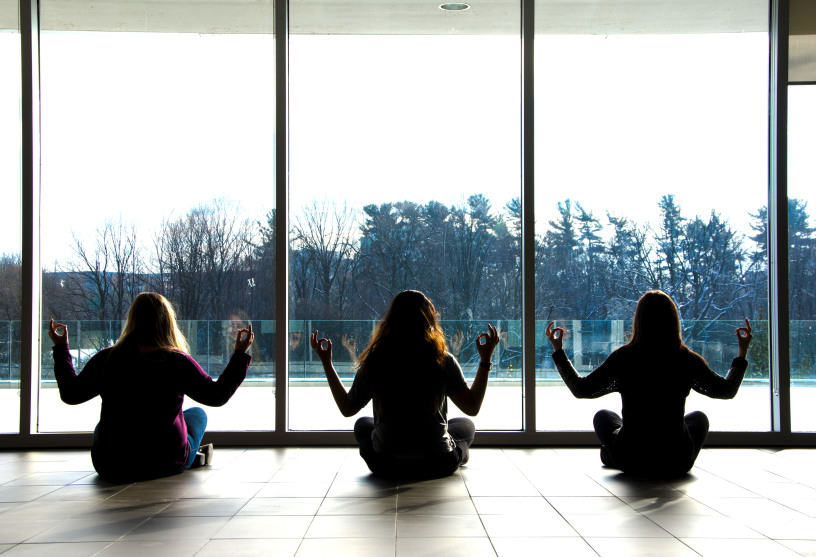The University of Ottawa (U of O) faculty of medicine recently introduced four mandatory one-hour meditation sessions per year for first and second-year medical students. Students in their last two years have a half-day workshop, in addition to optional meditation sessions offered to students throughout their degrees.
Meditation is an ancient practice that is still regularly practiced today. It involves sitting silently for a sustained period of time and avoiding conscious thought to promote relaxation and self-understanding.
Heather MacLean, the medical professor who advocated for the mandatory meditation sessions, said meditation is intended to help medical students with self-care, but is also a helpful practice that doctors should recommend to patients.
“A lot of patients, especially when dealing with anxiety disorders or stress-related illnesses will look to their doctors for advice on what can be done,” Maclean said.
Meditation sessions are becoming popular within corporations, sports teams, schools, and even militaries to relieve employees and students of stress, according to Peter Black, a meditation instructor and owner of the Mindful Meditation Ottawa website.
“It’s spreading through society and culture at quite a remarkable speed,” Black said.
MacLean said it didn’t take any convincing at the university to get the program started, and the students who attend the mandatory meditation sessions have given very positive feedback. But she said this isn’t reflected in attendance for the optional sessions.
“Whenever you’re given the option for an elective session, especially when the other option is to study for an upcoming exam, they would usually go study for something else,” MacLean said.
Black offered the same explanation for why very few students have attended the meditation course he’s taught for the last four years in the city.
“I suspect [students] have such a heavy agenda already,” Black said.
But he said poor attendance is in spite of the fact that many understand the benefits of meditation for stress relief.
“It’s simple but it isn’t easy . . . It’s like going to the gym,” he added.
Meditation can’t be learned by listening to an instructor speak—those looking to learn meditation have to practice it regularly at home, according to Black. He said 20 minutes three times a week would be the minimum for keeping up the practice, improving, and seeing benefits.
The benefits for U of O students have been positive so far, MacLean said.
“Our preliminary studies do indicate that the more mindful our students are, the less stressed they are, and the more mindful they are, the more resilient they are,” she said.
The group at the U of O that developed the curriculum to include meditation looked at how meditation was being taught at other universities, including McGill University and the University of Montreal. According to MacLean, what makes U of O’s program different is that the meditation sessions are mandatory.
“By implementing it and making it fully mandatory, hopefully more students will take what they learned and start practicing this at home,” she said.
Hadi Djokhdem, a first-year U of O medical student, said he has participated in the sessions.
“Having it be a mandatory session, I think, is a positive thing,” Djokhdem said. “I think a lot of people appreciate that it’s a time of the week where we all have to be in the same room . . . I haven’t heard anyone disagree or think they shouldn’t be there.”
– Photo illustration by Angela Tilley






